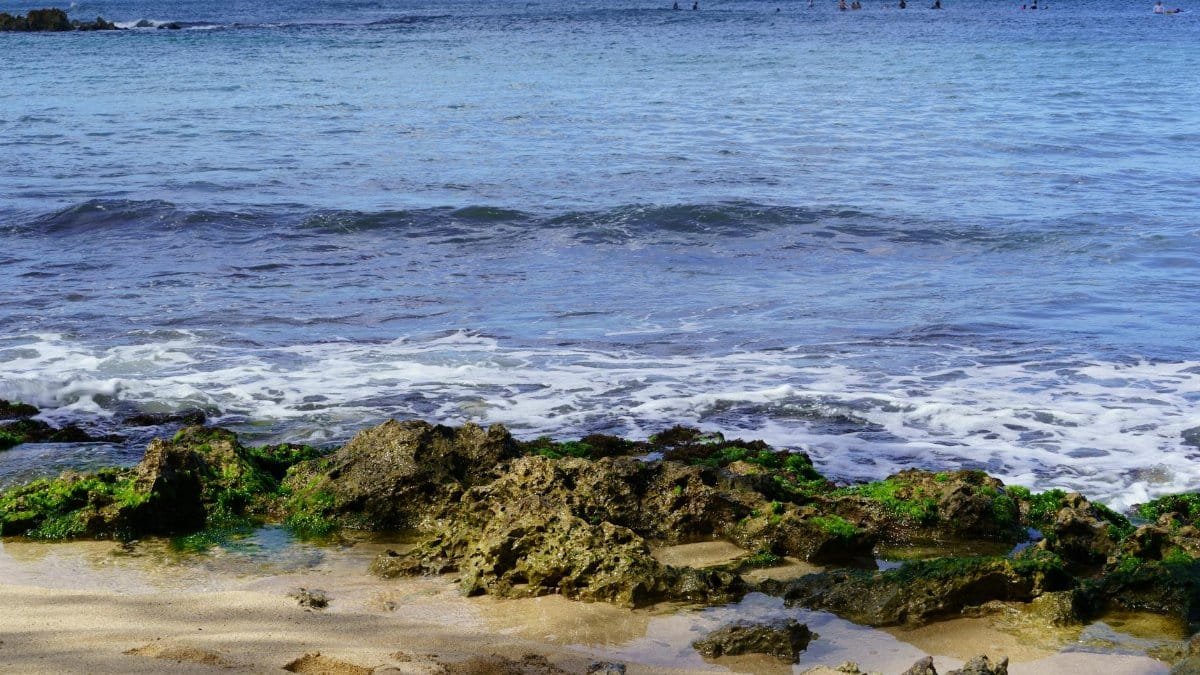Maui’s cultural centers are redefining tourism with a fresh initiative. Simply put, maui live aloha is a series of workshops that transform the Hawaiian greeting into a profound life practice, and it matters because it’s addressing the state’s call for deeper, more respectful visitor experiences amid growing demands for authenticity in 2025.
This spring, as Hawaii ramps up efforts to promote genuine cultural engagement, these programs aim to educate tourists on the true essence of Aloha. Led by experienced Kumu, or teachers, the workshops go beyond surface-level interactions, emphasizing values that could reshape how visitors connect with the islands.
State’s Drive for Authentic Tourism
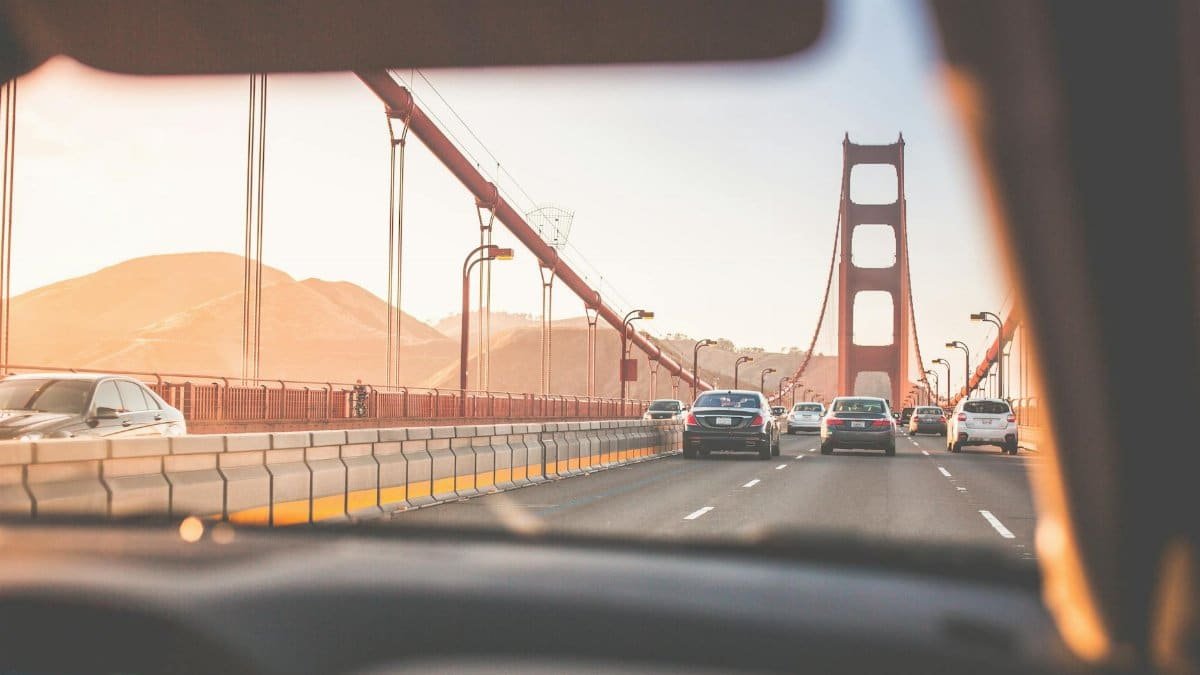
Hawaii’s state government has been advocating for a shift in tourism practices, moving away from superficial attractions toward experiences that honor local traditions. This push comes as visitor numbers rebound post-pandemic, with a focus on sustainability and cultural respect in 2025. The “Live Aloha” workshops directly respond to this initiative, offering a structured way for tourists to engage meaningfully.
Cultural centers across Maui have stepped up, recognizing the need to counter overtourism’s negative impacts. By integrating indigenous wisdom into visitor programs, these centers aim to foster mutual understanding. This aligns with broader U.S. trends, where travelers increasingly seek immersive, ethical experiences, as noted in reports from organizations like the U.S. Travel Association.
The state’s emphasis on authenticity isn’t new, but the timing in 2025 highlights a post-recovery phase where economic benefits must balance with cultural preservation. Workshops like these could set a model for other destinations facing similar challenges.
Introduction of Live Aloha Workshops
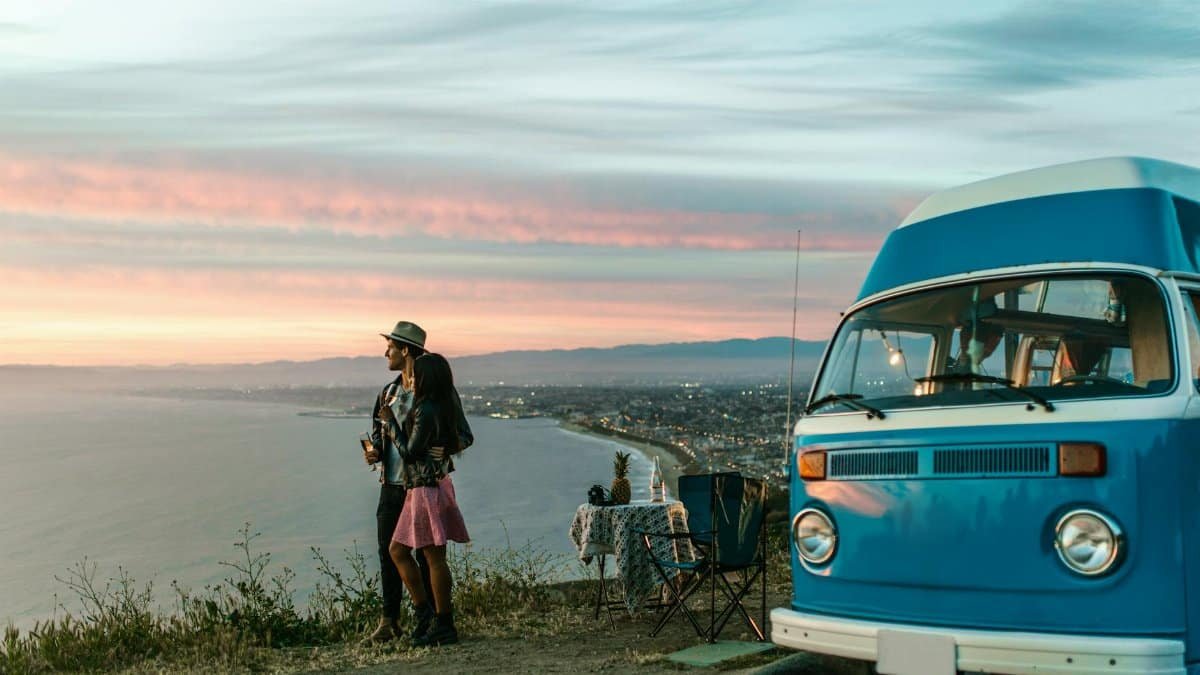
Announced on March 15, 2025, in Maui, the “Live Aloha” workshops mark a timely launch amid spring’s peak tourism season. These sessions will run throughout the season, providing accessible entry points for visitors to learn about Hawaiian values.
Cultural centers have designed the programs to be inclusive, targeting both short-term tourists and longer-stay guests. The initiative builds on Maui’s reputation as a hub for spiritual and wellness retreats, now channeling that energy into Aloha education.
Participants can expect hands-on activities that illustrate Aloha’s principles, encouraging a departure from ego-driven behaviors common in modern travel. This approach reflects a growing U.S. interest in mindfulness-based tourism, with similar programs emerging in places like national parks.
Guidance from Kumu Teachers
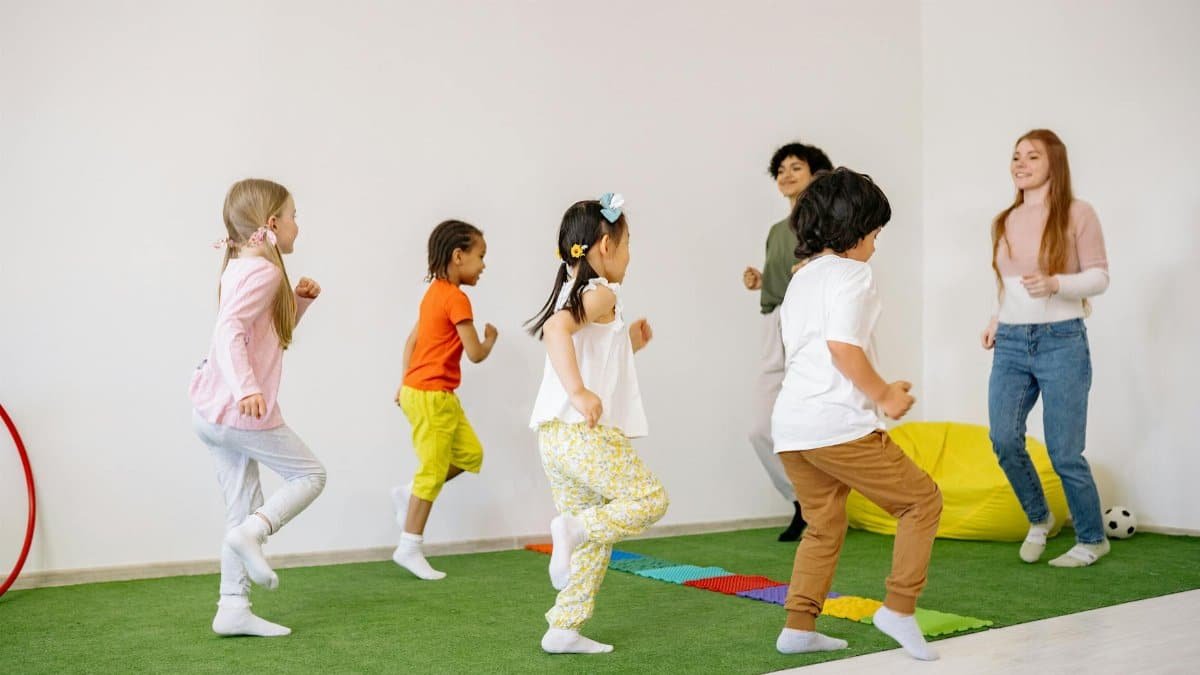
At the heart of these workshops are the Kumu, traditional Hawaiian teachers who bring expertise in cultural practices. These leaders guide sessions, sharing insights passed down through generations.
Kumu emphasize practical applications, helping attendees internalize Aloha’s deeper meanings. Their role ensures the workshops remain authentic, avoiding commercialization that could dilute the message.
In a U.S. context, this mirrors the rise of indigenous-led education programs, such as those supported by the U.S. Department of the Interior, which promote Native American cultural awareness in tourism hotspots.
Aloha Beyond a Simple Greeting
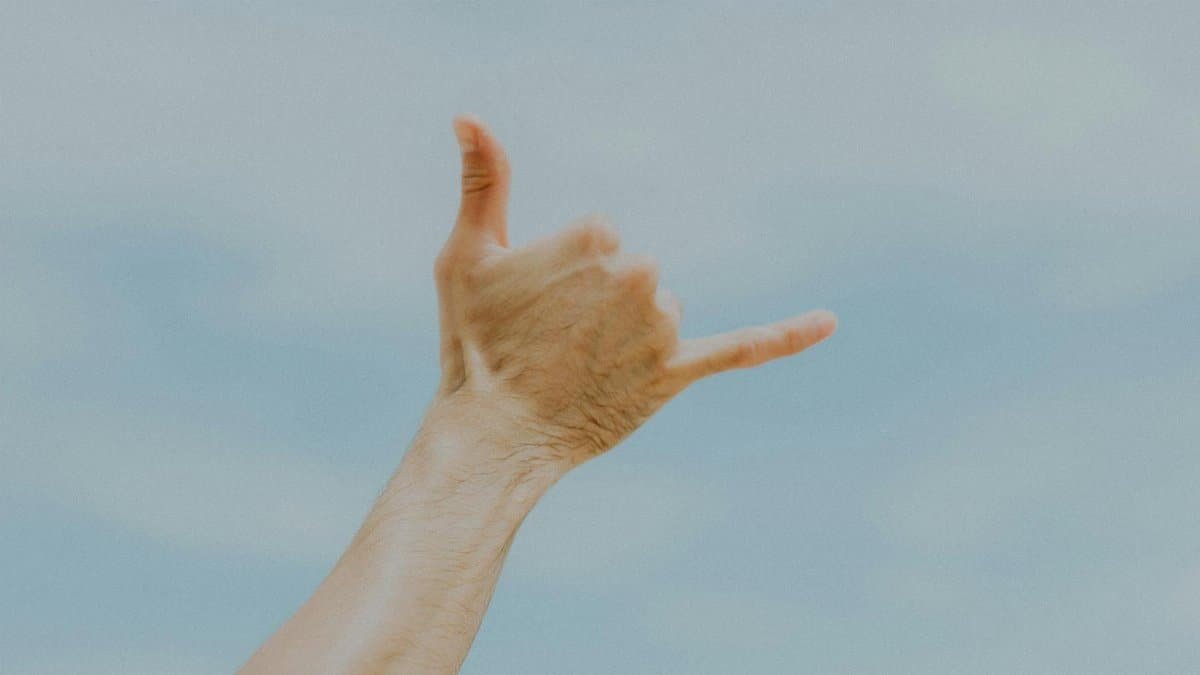
The workshops clarify that Aloha is far more than a casual hello or goodbye. Instead, it’s presented as a spiritual practice rooted in love, respect, and humility.
Kumu explain how this mindset encourages individuals to approach interactions with openness and grace. For visitors, this revelation can transform a vacation into a personal growth opportunity.
This framing aligns with 2025 trends in spiritual tourism across the U.S., where practices like meditation and cultural immersion gain traction amid rising stress levels.
Quieting the Ego for True Connection

A key teaching in the “Live Aloha” programs is how Aloha quiets the ego, promoting humility as a path to genuine relationships. Participants learn to set aside self-centered views, fostering a sense of harmony.
This ego-quieting aspect is tied to the concept of pono, or righteousness, which encourages balanced connections with others and the environment.
In expanding on this, Kumu use examples from daily life, showing how applying these principles can lead to more respectful tourism behaviors, such as mindful beach visits or community interactions.
Fostering Pono in Everyday Interactions
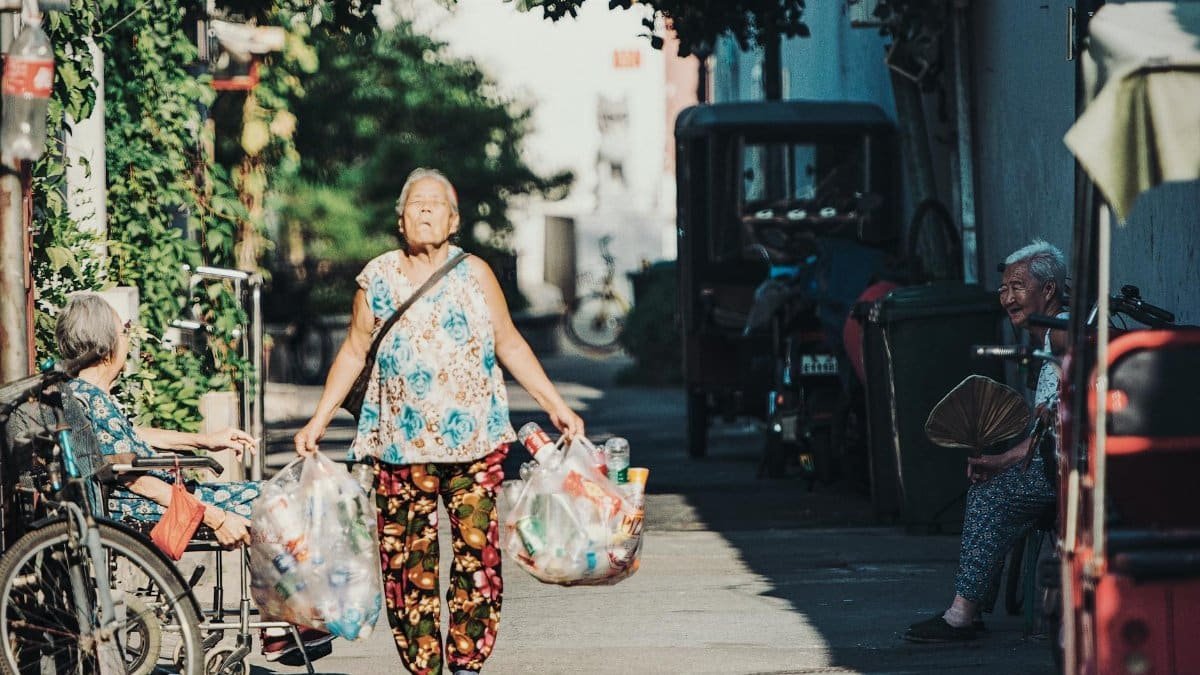
Pono, as taught in the workshops, represents a state of balance and correctness that Aloha helps achieve. It’s about creating connections that benefit everyone involved, from locals to visitors.
The programs stress that practicing Aloha leads to pono by encouraging respect for Maui’s natural and cultural resources. This could influence how tourists engage with the island, reducing environmental strain.
Nationally, this resonates with U.S. movements toward regenerative tourism, where experiences prioritize community well-being over exploitation.
Potential Impact on Maui’s Visitors
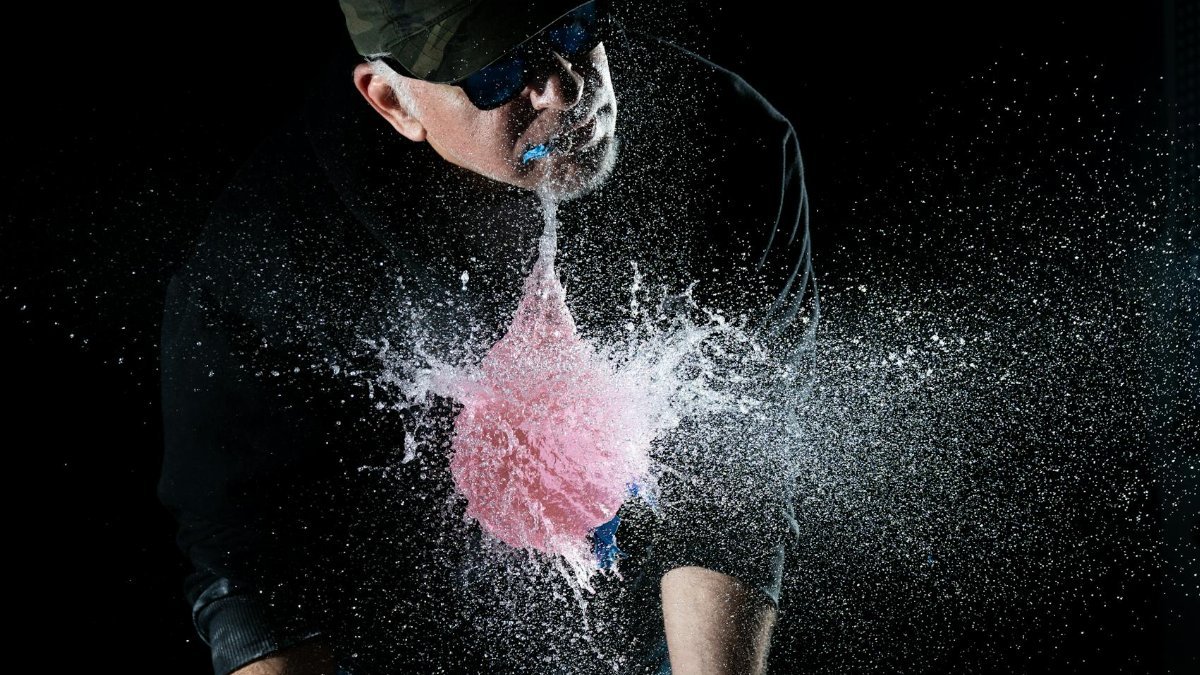
For those attending the workshops, the experience promises to shift perspectives on travel. By internalizing Aloha’s values, visitors might leave with a renewed sense of humility and connection.
Cultural centers hope this will lead to more considerate tourism, benefiting local communities. In 2025, as Hawaii navigates high visitor volumes, such education could mitigate cultural misunderstandings.
This initiative also taps into a U.S.-wide surge in wellness travel, with data indicating increased demand for programs that blend spirituality and culture.
Looking Ahead to Spring Sessions
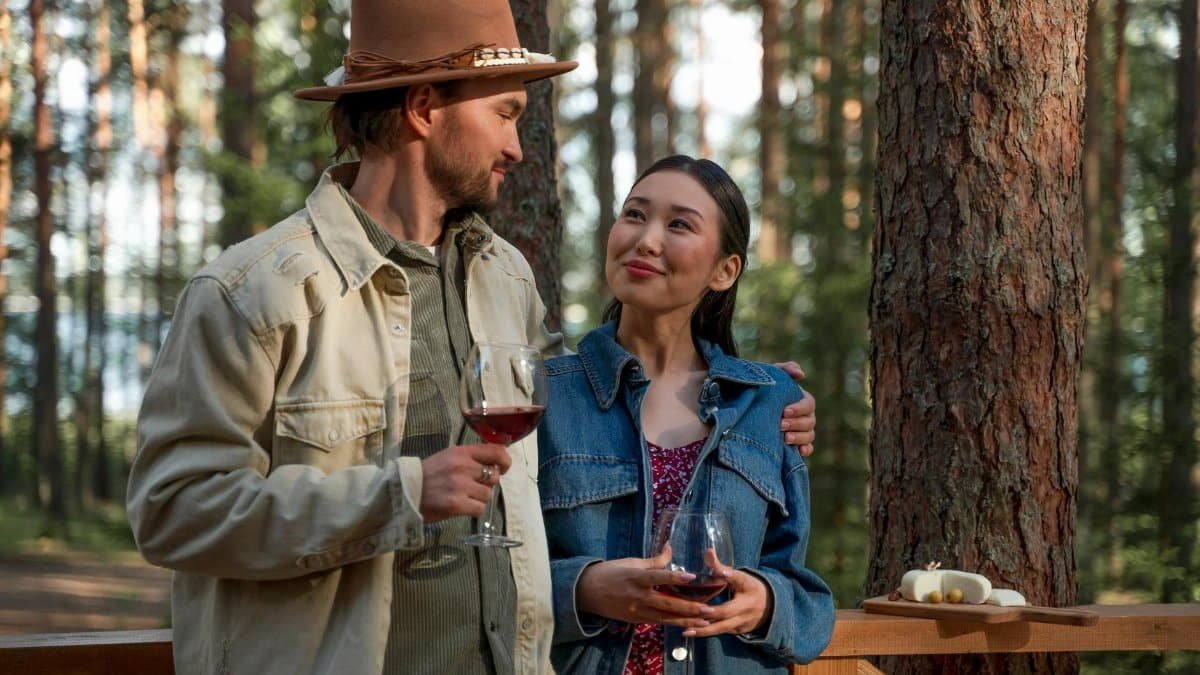
With workshops scheduled throughout spring 2025, cultural centers are preparing for broad participation. Details on locations and timings will be available through local tourism channels, ensuring easy access.
The programs’ timing coincides with Maui’s vibrant season, when flowers bloom and cultural events peak, enhancing the learning environment.
As part of the state’s authentic tourism push, these sessions could become a staple, influencing future visitor guidelines.
Broader Implications for Hawaiian Culture
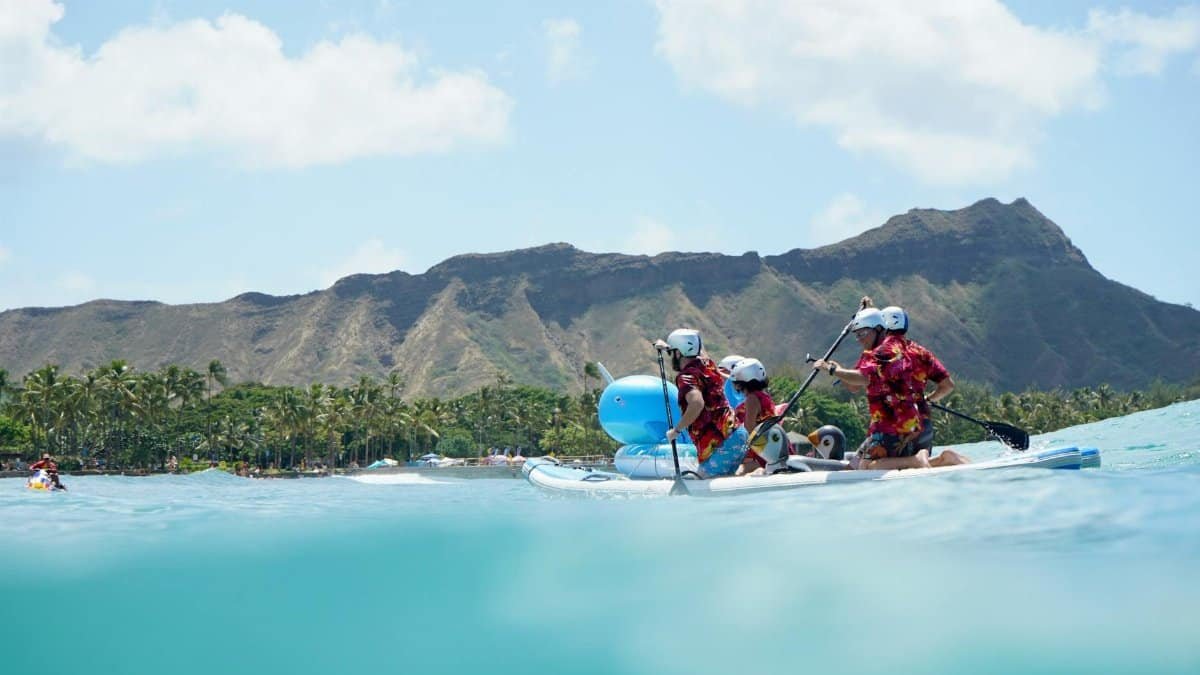
The “Live Aloha” initiative underscores a commitment to preserving Hawaiian heritage amid global tourism pressures. By educating outsiders, it empowers locals to share their wisdom on their terms.
This could inspire similar efforts across the islands, strengthening cultural resilience. In the U.S. landscape, it parallels efforts to integrate indigenous knowledge into mainstream education and travel.
Ultimately, maui live aloha workshops represent a proactive step toward harmonious tourism, blending education with spirituality for lasting impact.
